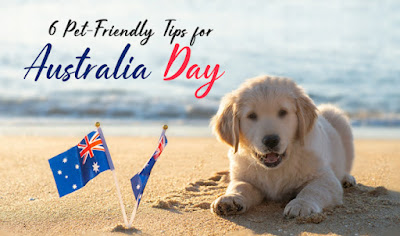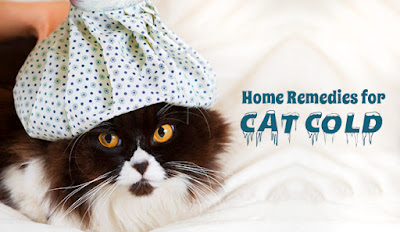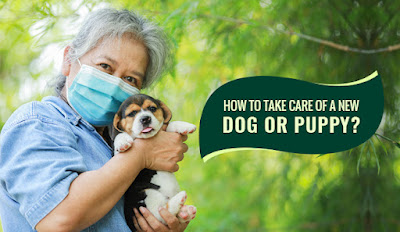Sometimes the bad breath coming from your dog’s mouth can get unbearable. Even after constant care, your dog can have bad breath due to other factors. Maintaining oral health is not just limited to brushing the dog’s teeth though it is one of the important factors. Besides, it’s not an easy task to make the dog sit still and clean his teeth. However, in order to protect your dog from tartar buildup and plaque, it’s imperative for pet parents to clean their pet’s brush regularly. Below we have provided ways that will help you in keeping your dog’s teeth clean and prevent bad breath.
Regular Teeth Cleaning
It’s highly essential to clean the dog’s teeth at least thrice a week as suggested by veterinarians. If you can, try to brush your dog’s teeth daily so any food particles that are stuck on the teeth and gums can be cleaned off easily. If your furry pal doesn’t cooperate, try enticing him with treats, and when he’s at ease, slowly initiate the process.
Get Pet Toothpaste and Toothbrush
Dog’s teeth are more sensitive than ours, so the toothbrush that we use is harsh for their teeth. Thus, it is recommended to get a soft-bristled toothbrush made especially for dogs. Dentipet Toothpaste and Toothbrush are the best for cleaning your dog’s teeth. It not only cleans the teeth but also prevents plaque buildup and keeps the mouth fresh.
Oral Rinse Can Prevent Bad Breath
Sometimes we get busy and don’t have enough time for the teeth cleaning routine. In such a situation, you can use an oral rinse, which gives your pet a fresh breath. Moreover, these products also help in minimizing plaque and gingivitis. Hexarinse is a top-selling oral rinse product for dogs across the country. It is a palatable rinse that makes pet parents’ jobs easier.
Give Your Dog Dental Chew toys
Dental chew toys also play a major role in improving the dental health of a dog. A dental chew toy keeps the dog’s teeth healthy without asking for any effort. Kong Dental Stick is loved by dogs as they find it fun to play with, and at the same time, it works on the gums.
Check the Dog’s Diet
It’s okay to feed your dog tasty treats and food once in a while, though you need to be careful when it comes to giving food made with yeast as it can cause infection. There is a wide range of Dental Care food products available in the market made specifically for maintaining the dental health of a dog. We know it’s tough to encourage your pet to eat healthily but we have got you covered, read our blog How to Encourage Your Dog to Eat Healthy Food? . You’ll get the answer.
By following these steps, you can easily take care of your dog’s oral health and also get rid of that bad breath.









